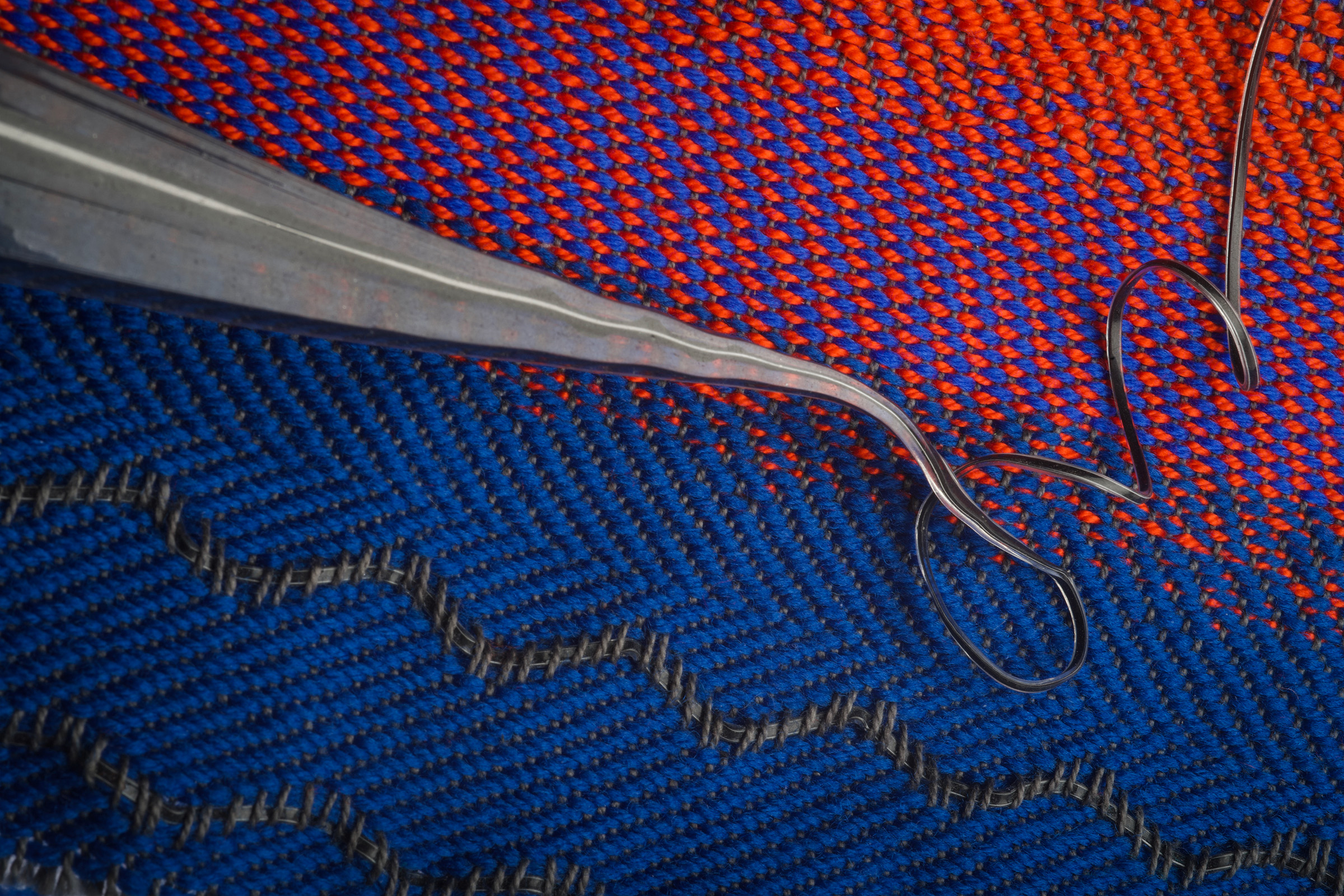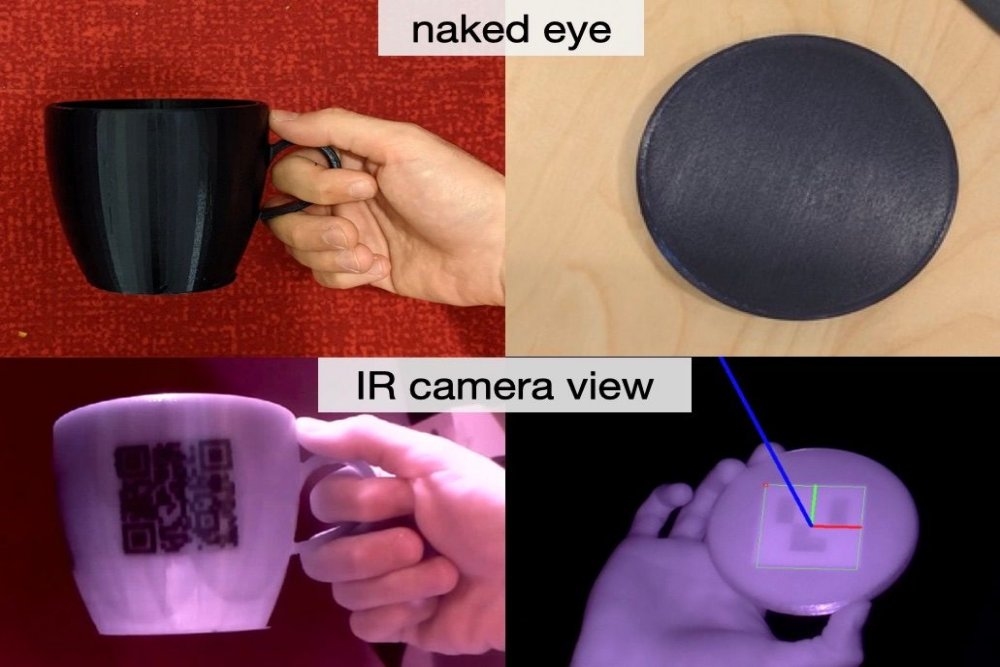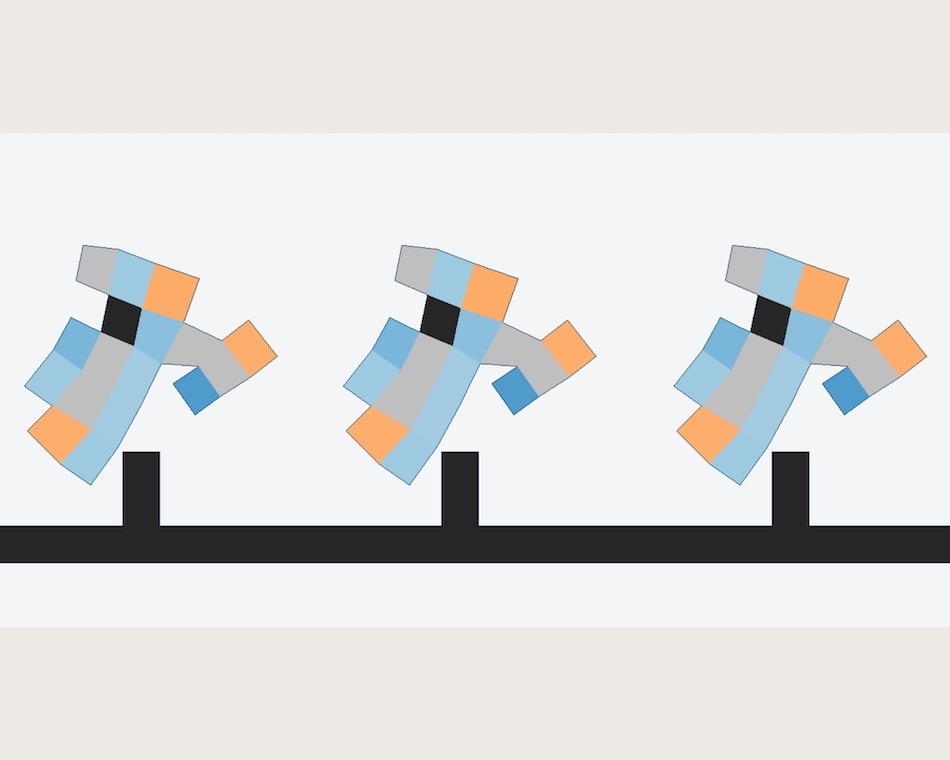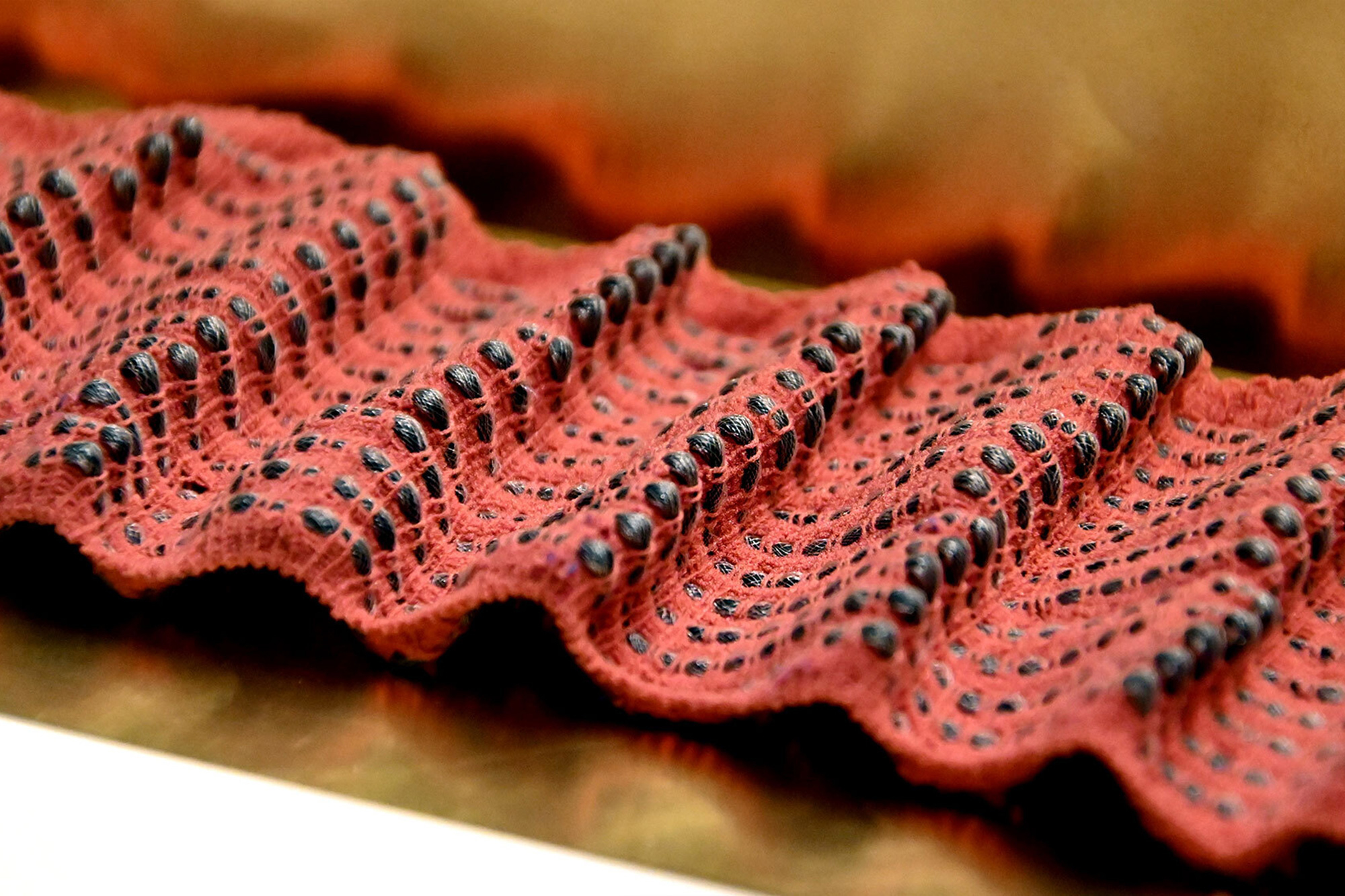How to be a god: we might one day create virtual worlds with characters as intelligent as ourselves
If virtual characters can be as smart as humans, having free will, can we kill or harm them?
Jan. 17, 2022 • ~7 min
Building machines that work for everyone – how diversity of test subjects is a technology blind spot, and what to do about it
It’s easy for researchers to fall back on using test subjects from the communities around them – students and employees. Branching out is key to avoiding technology that fails certain populations.
Jan. 17, 2022 • ~9 min
When researchers don't have the proteins they need, they can get AI to 'hallucinate' new structures
Using a form of artificial intelligence called deep neural networks, researchers can generate new proteins from scratch without having to consult nature.
Jan. 5, 2022 • ~8 min
Cities and climate change: why low-rise buildings are the future – not skyscrapers
New research has found that low-rise urban environments are more space and carbon efficient than high-rise buildings which have a drastically higher carbon impact.
Oct. 27, 2021 • ~8 min
A new way to organize cancer mutations could lead to better treatment matches for patients
Every cancer is different. Grouping cancer mutations by their structure and function could help make treatments more personalized.
Oct. 25, 2021 • ~8 min
To swim like a tuna, robotic fish need to change how stiff their tails are in real time
Researchers used an old theory on vibrating plane wings to study how fish swim so well. They were able to double the swimming efficiency of their robotic fish over a range of speeds.
Oct. 1, 2021 • ~8 min
/
33










